General
The Five Secrets Of Company Branding Only A Handful Of Business Leaders Know!
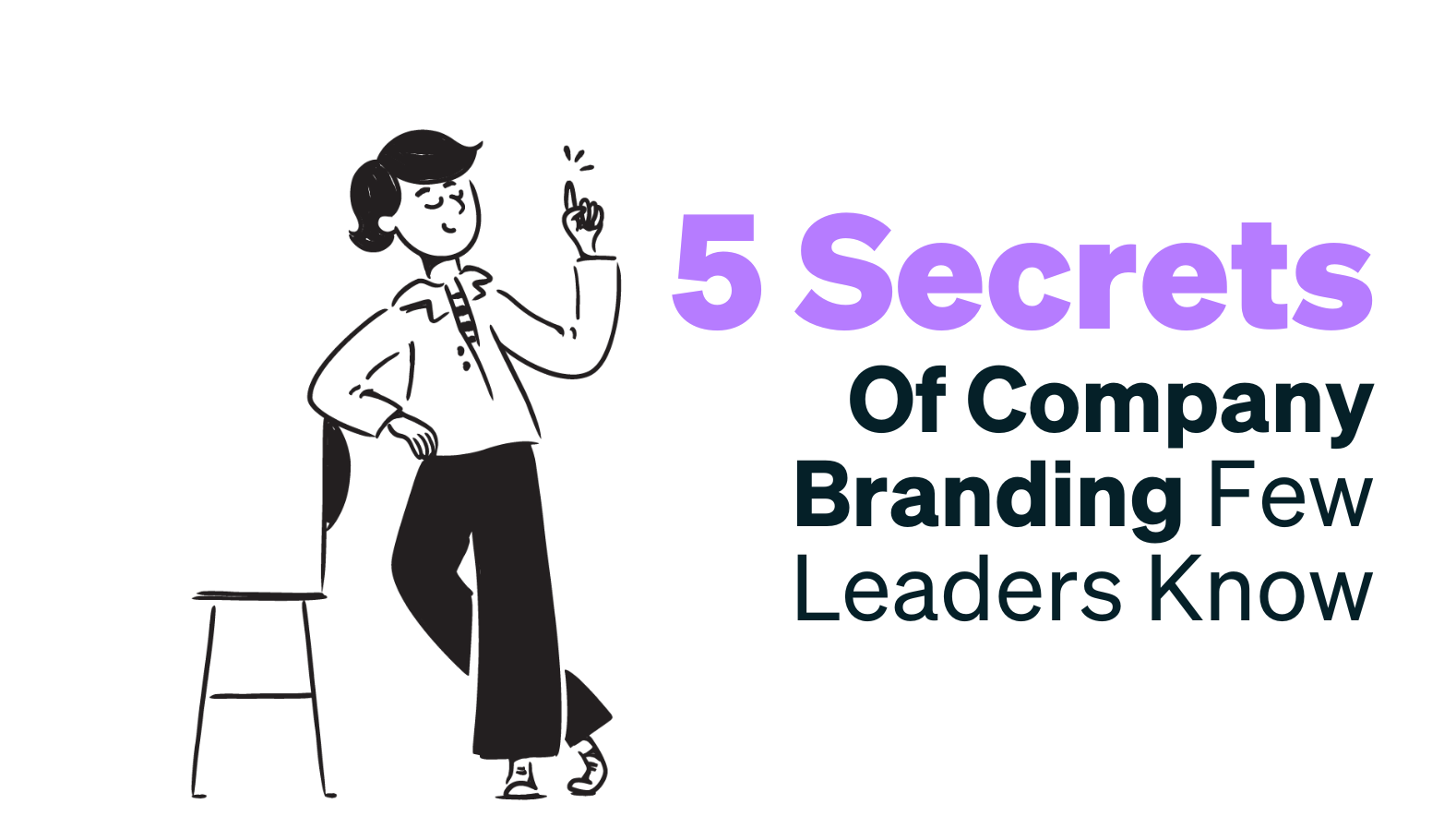
Discover five advanced company branding secrets that elite business leaders use to dominate markets in 2025.
The branding landscape has shifted dramatically in 2025. While most companies chase surface-level trends, elite business leaders operate with deeper knowledge. They understand secrets that separate market dominators from followers.
These aren’t your typical company branding tips. These are the advanced strategies that only a handful of industry leaders have mastered.
Secret 1: Micro-Moment Brand Anchoring
Most brands focus on big campaigns. Smart leaders focus on micro-moments.
Micro-moment brand anchoring means capturing your brand’s essence in split-second interactions. Netflix mastered this by making their loading animation part of their brand identity. Users see that red spinning circle and instantly feel anticipation. Duolingo does this brilliantly with their notification copy. Instead of boring reminders, they use guilt-trip humor that’s become part of their brand personality or company branding. “These reminders don’t seem to be working. We’ll stop sending them for now.”
The secret is identifying every tiny touchpoint where customers interact with your brand. Then engineer each moment to reinforce your core identity.

Action Step for Micro-Moment Brand Anchoring:
Map every micro-interaction customers have with your brand. From error messages to loading screens. Each one should feel unmistakably “you.”
Secret 2: Emotional Data Mining
While competitors analyze purchase behavior, elite leaders mine emotional data.
Emotional data mining goes beyond what customers buy. It reveals why they feel compelled to buy. This involves tracking emotional triggers across all customer touchpoints.
Airbnb revolutionized travel by mining the emotional data around “belonging.” They discovered people didn’t just want accommodation – they wanted to feel like locals. This insight shaped everything from their “Belong Anywhere” campaign to their host training programs.
Spotify uses emotional data mining in their year-end “Wrapped” campaigns. They don’t just show listening statistics. They create emotional narratives about users’ musical journeys. “You were in your indie rock era this spring.”
The secret is building systems that capture emotional responses, not just behavioral ones.
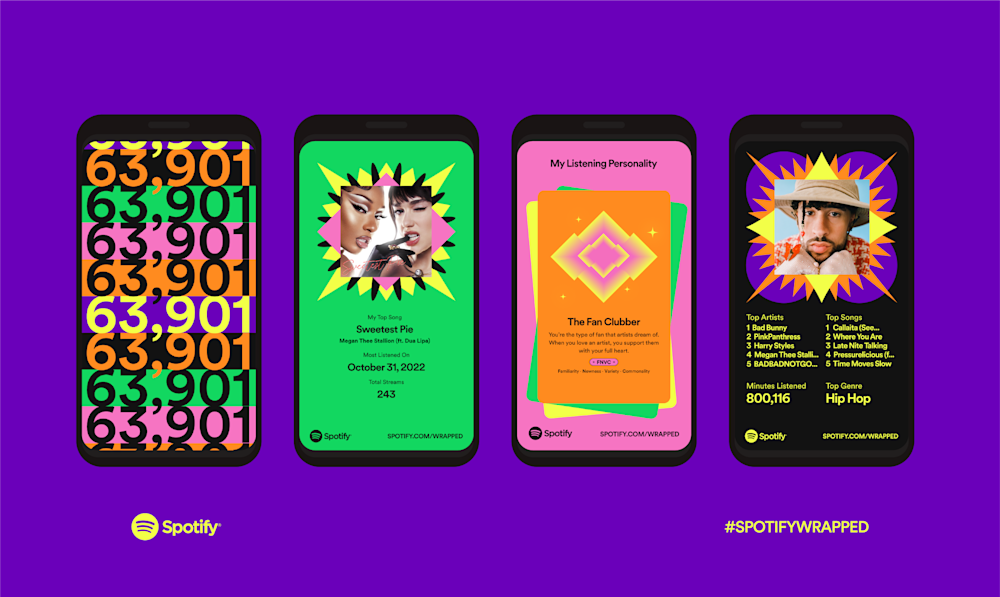
Action Step for Emotional Data Mining:
Implement emotional tracking alongside your analytics in your company branding practice. Survey customers about feelings, not just satisfaction. Track emotional language in reviews and social mentions.
Secret 3: Reverse Psychology Positioning
Most brands tell customers why they should choose them. Elite brands use reverse psychology.
Reverse psychology positioning means strategically highlighting why your brand isn’t for everyone. This creates stronger connections with your ideal customers.
Cards Against Humanity built a cult following by literally telling people their game is “despicable and awkward.” They even had a “Black Friday” sale where they raised prices instead of lowering them.
Patagonia tells customers, “Don’t buy this jacket” in their ads. This reverse psychology reinforces their environmental values and makes customers feel part of an exclusive, conscious community.
The secret is understanding that exclusivity creates desirability. When you’re not for everyone, you become everything to someone.
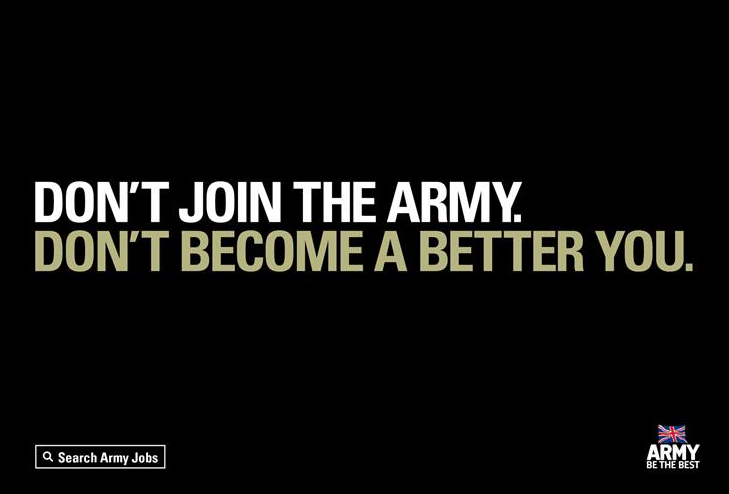
Action Step for Reverse Psychology Positioning in Company Branding:
Identify who your brand isn’t for. Create messaging that politely but excludes them while magnetizing your ideal customers.
Secret 4: Sensory Brand DNA Programming
While others focus on visual branding, leaders program complete sensory experiences in their company branding.
Sensory Brand DNA Programming means engineering how your brand feels across all five senses. Every sensory touchpoint becomes part of your brand’s genetic code.
Singapore Airlines invested millions in developing their signature scent, “Stefan Floridas Waters.” This custom fragrance is infused in their cabins, lounges, and even flight attendants’ uniforms. Passengers unconsciously associate this scent with luxury travel.
Tesla programmed their brand DNA through sound. Their vehicles produce a distinctive startup chime and door closing sound. These audio signatures make Tesla ownership feel futuristic and premium.
Lush Cosmetics built their empire on sensory branding. Their stores assault your senses intentionally – bright colors, strong fragrances, touchable products. You can’t walk past without experiencing their brand physically.
The secret is creating sensory memories that trigger brand recall automatically.
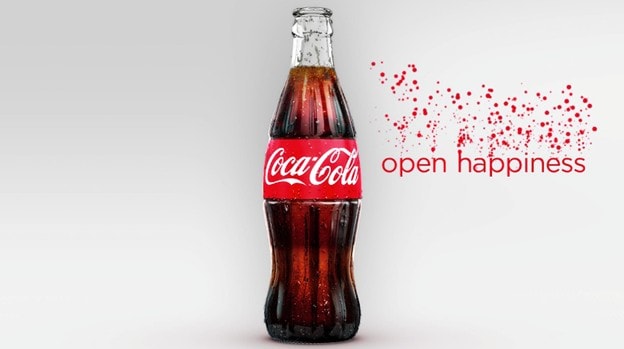
Action Step for Sensory Brand DNA Programming:
Design signature sensory elements for your brand. Consider custom sounds, scents, textures, or even tastes that become uniquely yours.
Secret 5: Narrative Architecture Mastery
Most brands tell stories. Elite leaders build narrative architectures.
Narrative architecture means creating interconnected story frameworks that evolve across multiple touchpoints and periods. Each piece of content builds upon previous narratives while setting up future ones.
Marvel Studios perfected this with their Cinematic Universe. Each movie tells a complete story while contributing to larger narrative arcs. Fans become invested in the overarching mythology, not just individual films.
Nike’s “Just Do It” isn’t just a tagline – it’s narrative architecture. Every campaign, athlete partnership, and product launch reinforces the central narrative of overcoming obstacles. From Michael Jordan’s comeback stories to Colin Kaepernick’s activism, everything fits the larger narrative framework.
Apple uses narrative architecture around innovation and simplicity. Their product launches aren’t just announcements – they’re chapters in an ongoing story about changing the world through design.
The secret is thinking like a television showrunner. Plan multi-season story arcs that keep audiences engaged long-term.
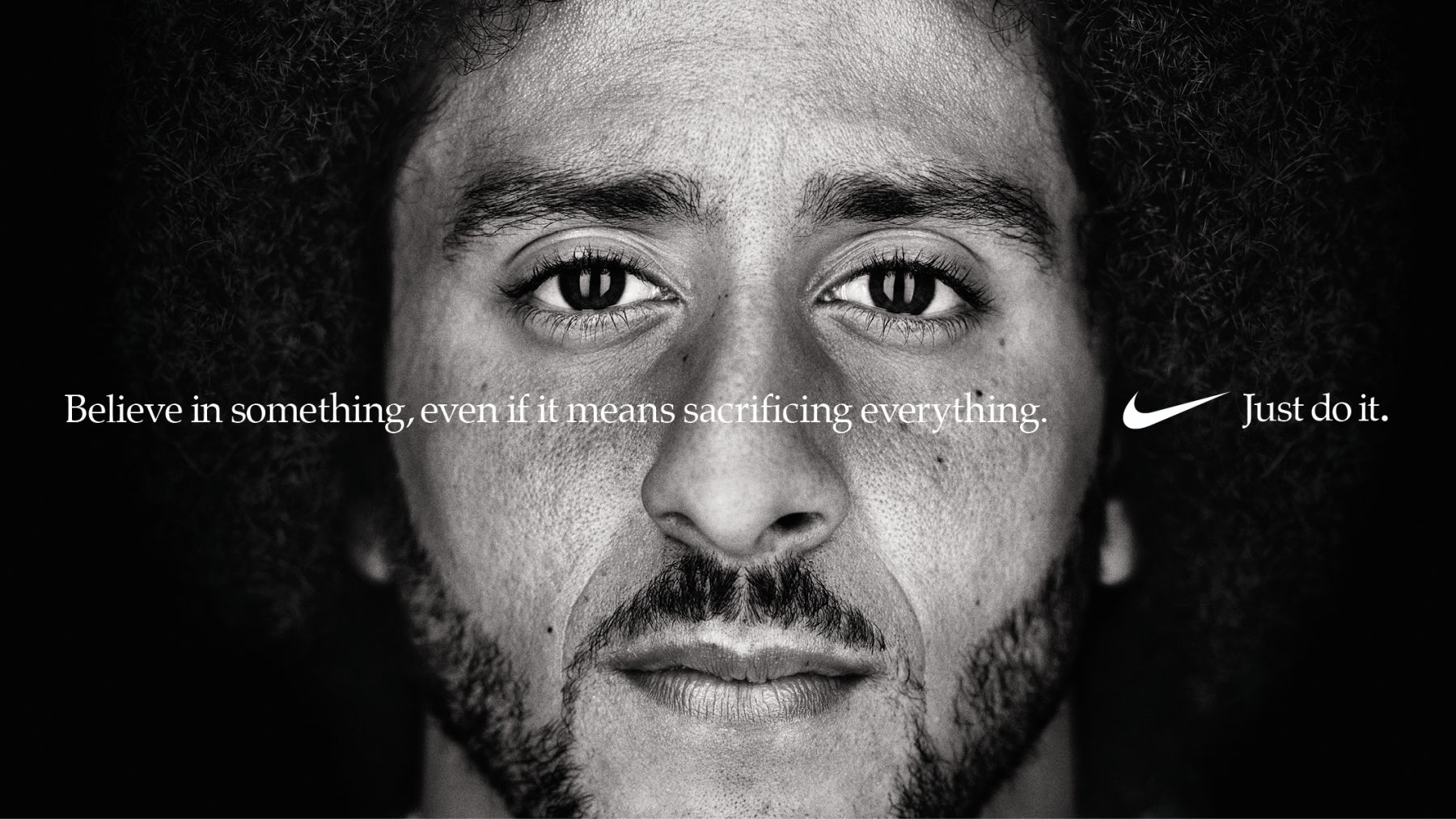
Action Step for Narrative Architecture Mastery in Company Branding:
Map your brand’s narrative architecture. Identify your central story themes and plan how different campaigns will build upon each other over time.
The Integration Secret
Here’s the ultimate secret that ties everything together in company branding: integration multiplies impact.
Elite leaders don’t use these secrets in isolation. They integrate all five into comprehensive brand ecosystems. Every micro-moment reinforces the sensory DNA. The emotional data informs the narrative architecture. The reverse psychology positioning creates memorable micro-moments.
Consider how Apple integrates these secrets:
– Micro-moments: Their packaging unboxing experience is engineered to feel ceremonial
– Emotional data: They track how products make people feel, not just how they perform
– Reverse psychology: “Think Different” implicitly suggests other brands are for conformists
– Sensory DNA: Distinctive product sounds, materials, and even the smell of new Apple products
– Narrative architecture: Every product launch continues their story of elegant innovation
Implementation of Company Branding Strategy for 2025
Start with one secret that aligns with your current capabilities. Master it completely before moving to the next.
Most companies fail because they try to implement everything simultaneously. Elite leaders focus intensely on one area until it becomes automatic.
Begin with emotional data mining if you have strong analytics capabilities. Start with sensory branding if you have creative resources. Choose micro-moment anchoring if you’re redesigning customer touchpoints.
The key is consistency across all brand expressions. Every employee should understand and execute their chosen secret flawlessly.
Measuring Secret Success for Successful Company Branding
Traditional metrics miss the impact of these secrets. Elite leaders track different indicators:
– Emotional resonance scores from customer interviews
– Unprompted brand recall in sensory contexts
– Story engagement depth across multiple touchpoints
– Exclusive community growth from reverse psychology positioning
– Micro-moment completion rates and emotional responses
These metrics reveal brand strength that financial metrics can’t capture.
The Competitive Advantage
Companies using these secrets create unfair advantages. They build emotional moats that competitors can’t easily cross.
When customers form deep emotional and sensory connections with your brand, price comparisons become irrelevant. Your brand becomes irreplaceable in their minds.
It all revolves around the company branding, and this is why Apple customers pay premium prices. Why Netflix subscribers rarely switch to competitors. Why Patagonia customers become brand evangelists.
Your Next Steps for Company Branding
Choose one secret to implement this quarter. Study brands that execute it brilliantly. Adapt their strategies to your industry and audience.
Remember: These secrets work because they tap into fundamental human psychology. They create connections that transcend rational decision-making.
The handful of business leaders who know these secrets aren’t lucky. They’re strategic. They understand that great company branding happens at the intersection of psychology, creativity, and systematic execution.
Master these company branding secrets, and you’ll join the elite group of leaders who don’t just build businesses – they build movements.
The question isn’t whether these secrets work. The question is: will you be among the few who use them?
FAQS-
1. How long does it take to see results from these branding secrets?
– Micro-moments show results in 2-3 months. Sensory branding takes 6-12 months. Emotional data provides immediate insights but needs 3-6 months for implementation. Narrative architecture requires 12-18 months. Start with one secret and measure incremental progress.
2. Can small businesses implement these secrets, or are they only for big corporations?
– Small businesses have advantages here. They can personalize micro-moments through direct customer service. Local restaurants use signature scents or tastes for sensory branding. Small brands excel at reverse psychology by being authentically selective. Choose secrets matching your resources.
3. How do I measure the ROI of emotional branding strategies?
– Track customer lifetime value, referral rates, and brand sentiment scores. Monitor unprompted brand recall through quarterly surveys. Measure engagement depth and premium pricing tolerance. Most importantly, emotionally connected customers stay 2- 3x longer and spend 40% more.
4. What’s the biggest mistake companies make when implementing these branding secrets?
– Implementing all five secrets simultaneously dilutes focus and creates inconsistent experiences. Second mistake: copying tactics without understanding psychology. Start with one secret, master it over 6-12 months, then add others. Consistency beats complexity.
5. How do these secrets work in B2B versus B2C markets?
– B2B benefits more than B2C often. Emotional data reveals decision-makers’ professional fears. Micro-moments work through LinkedIn and presentations. Reverse psychology is powerful: “We only work with serious companies.” B2B buyers make emotional decisions, then justify rationally.
Ready to transform your company branding strategy? Discover more advanced branding insights and professional services at Leo9 Studio – where strategic branding meets exceptional execution.





